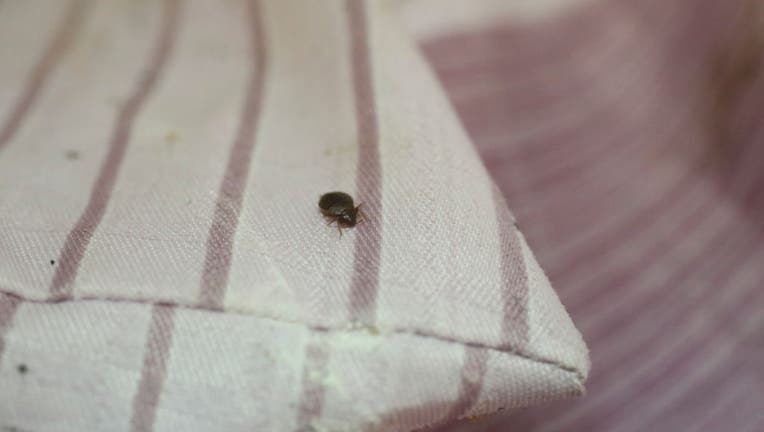Nature has continued to inspire modern technological developments. Scientists have evolved Drones that fly like a bird or an insect for search and rescue operations.
For example, it is known that mosquitoes move very well. Scientists are trying to develop an insect-sized drone with this type of agility that can be used in life and death situations, such as finding a person trapped in a collapsed building.
Kevin Chen, assistant professor at the Massachusetts Institute of Technology (MIT) and lead author of the study, said he spent a lot of time studying flapping wing physics that could be applied to drones. So he and his team were able to invent a new insect-sized drone.
“This robot’s weight and physical size are similar to a dragonfly,” he says.
(Photo: YouTube)
Insect-like robots screenshot from YouTube / Massachusetts Institute of Technology (MIT)
MIT scientists invented small drones inspired by insects
According to NPR, the tiny drone invented by scientists at MIT weighs 0.6 grams (0.02 ounces), roughly the same as a paper clip. However, it is as resilient as a dragonfly.
To enable the tiny drone to fly, the researchers developed a soft, muscular mechanism known as an actuator that drives its wings. The news agency reported that the tiny drone’s wing could flap nearly 500 times per second.
Unlike the tiny robots built in the past, the design had rigid actuators made from ceramic materials. Chen pointed out that if they crashed and landed, or hit a ceiling, or hit a wall, the wings of previous drones would have a very difficult time dealing with collisions.
However, the latest design of actuators made from thin rubber cylinders coated with carbon nanotubes creates an electrostatic force that compresses and elongates the actuators, causing their wings to flap quickly and withstand a collision.
ALSO READ: Engineers create nature-inspired drones with four wings that fold
Possible uses for the Tiny Drone
According to the MIT press release, Chen said the tiny drone could be hit and recover due to its insect-like resilience while flying. Like dragonflies, the drone can do somersaults in the air to correct itself. Chen is working with a new prototype that makes the drone look like a dragonfly.
Farrell Helbling, assistant professor of electrical and computer engineering at Cornell University, said that flying an insect-sized robot is always an impressive feat. This is particularly because the soft actuators are perfectly suited for any number of real-world applications because of their inherent conformity, Tech Crunch reported.
In addition to search and rescue missions, the tiny drones could also be used in industry and agriculture. It could control complex machines to ensure its safety and functionality. It could also help with artificial pollination of plants.
Helbing added that unplugging the tiny drone from a wired power source is a critical next step in development. Currently, the actuators require a power source to drive the robot.
According to the press release, building insect-like drones or robots can provide a window for insects to fly, which has been of interest to many scientists. Recent work by MIT researchers answers these questions through reverse engineering.
RELATED ARTICLE: Nature-Inspired Drones to Assist Search and Rescue Operations
Check out the Science Times for more news and information on drones.









